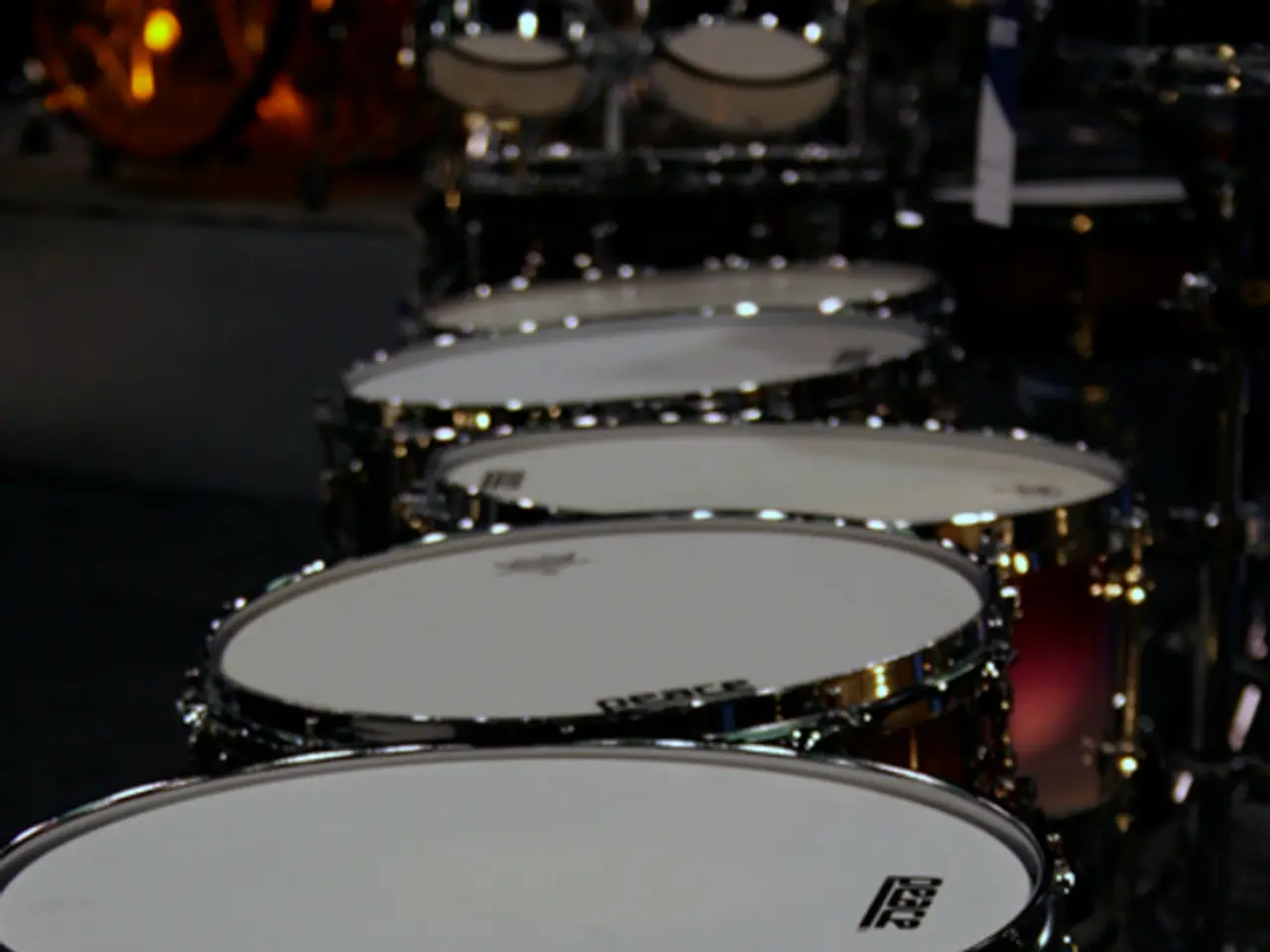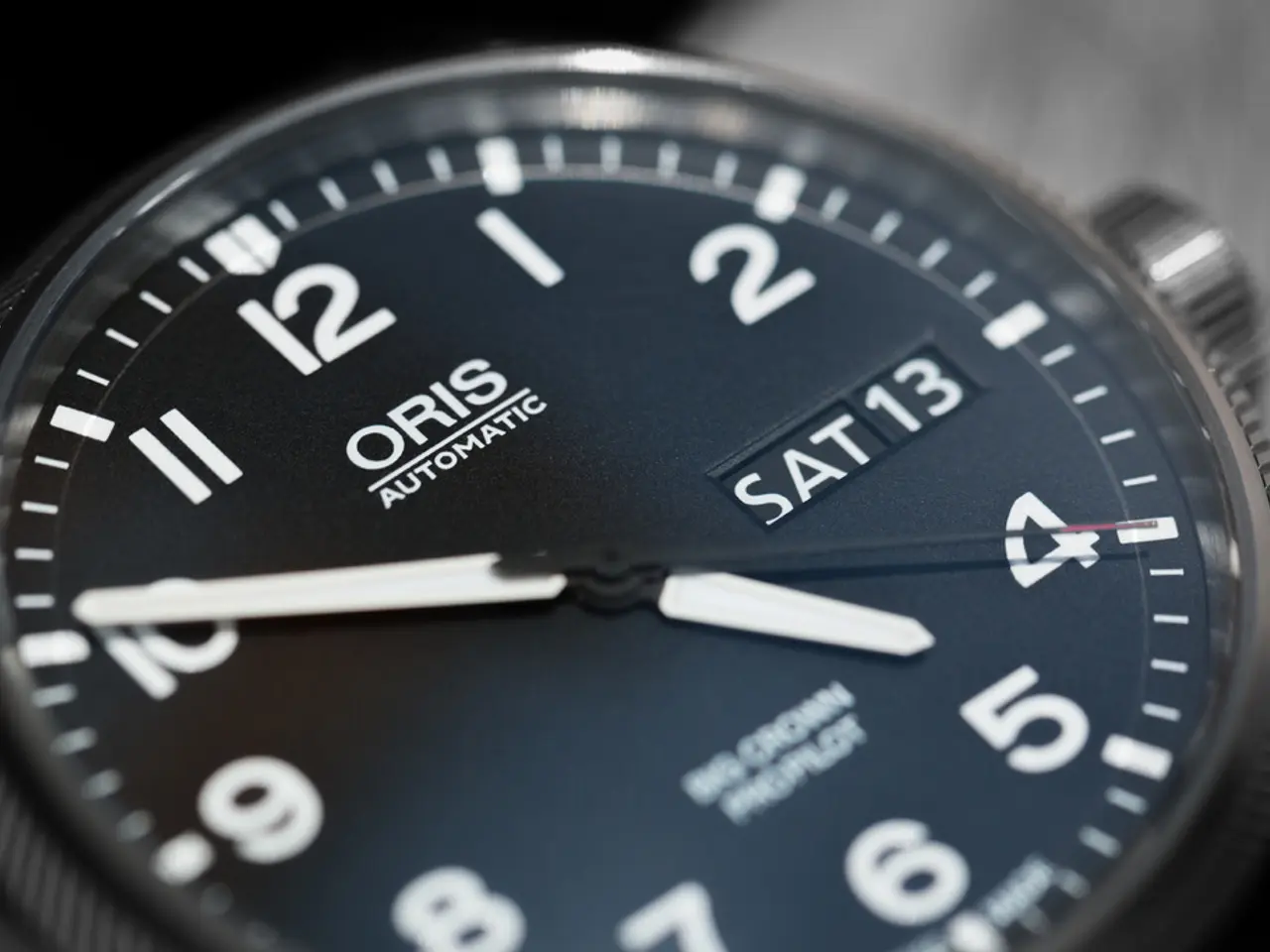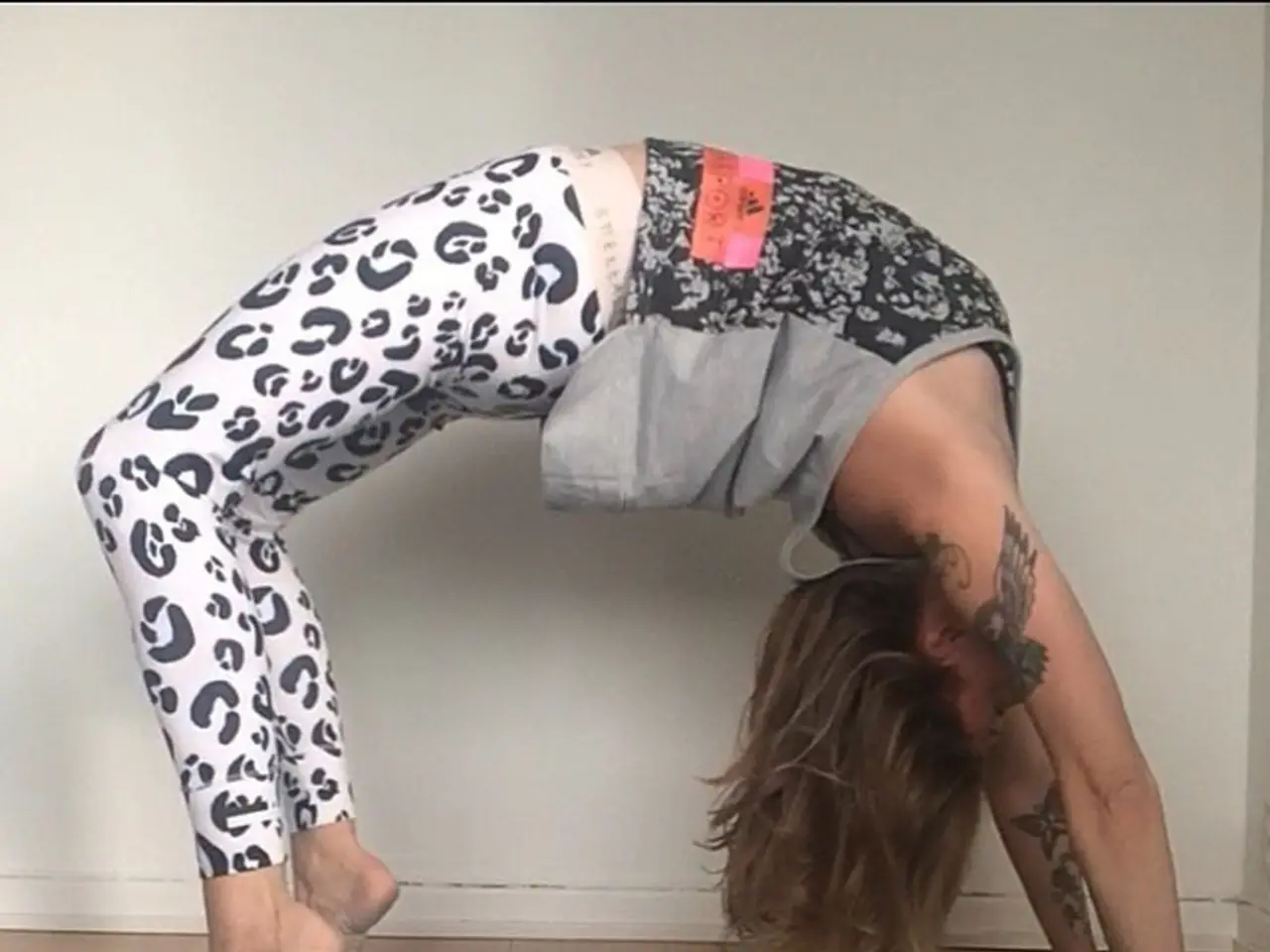University inquiry: Reason behind the dives at Düsseldorf University?
News Article: Hyperbaric Oxygen Therapy in Emergency Medicine
Hyperbaric Oxygen Therapy (HBOT) is a life-saving treatment used in emergency medicine to combat conditions such as carbon monoxide poisoning and decompression sickness. The therapy involves breathing nearly 100% oxygen at pressures higher than normal atmospheric pressure inside a sealed chamber.
The primary use of pressure chambers, which house this treatment, is for cases of carbon monoxide poisoning. This odorless and tasteless gas occupies red blood cells, preventing oxygen supply. In such situations, HBOT works by rapidly replacing carbon monoxide bound to hemoglobin with oxygen, thereby restoring oxygen delivery to tissues and reducing cellular damage.
In the case of decompression sickness, common among divers who surface too quickly, nitrogen bubbles form in the blood and tissues, causing pain and potentially severe complications. HBOT reduces the size of these bubbles by increasing pressure and oxygen levels, accelerates nitrogen elimination from the body, and enhances tissue oxygenation to support healing.
Pressure chambers in Germany, including one at Düsseldorf University Hospital, are equipped to deliver this vital treatment. Dr. Sven Dreyer, a senior physician at the hospital, spoke about the pressure chamber, stating that emergency treatments occur multiple times per week. The technology for the pressure chamber has been available at the university hospital for 25 years.
The process of HBOT involves placing the patient inside a mono-place or multi-place chamber. The chamber is pressurized above normal atmospheric pressure (usually between 2 and 3 ATA) and the patient breathes 100% oxygen intermittently either by breathing directly in the chamber's atmosphere or via masks or hoods if in a multi-place chamber pressurized with compressed air.
Treatment sessions vary based on condition severity but usually last between 60 to 90 minutes. For carbon monoxide poisoning, sessions are often repeated until the patient's symptoms improve or stabilize. Throughout treatment, medical staff monitor the patient for signs of adverse effects or improvement.
The pressure chamber used at Düsseldorf University Hospital resembles an airplane cabin, complete with oxygen masks and three-seater benches. The interior is designed to provide comfort and distraction for patients, with music, water, snacks, and nasal drops available. However, electronic devices such as smartphones, laptops, and other electronic devices could be damaged under the pressure.
The oxygen-overpressure therapy has proven successful in treating various conditions, including wound healing disorders such as diabetic foot. It is also used for treating smoke inhalation and acoustic trauma. In 2016, the hospital had around 70 cases of carbon monoxide poisoning due to shisha bars.
Each session of the oxygen-overpressure therapy costs around 350 euros and is included in the catalog of statutory health insurers. Patients may need to undergo multiple sessions, with each session lasting up to six hours.
In the future, the use of pressure chambers and HBOT is expected to expand as researchers continue to uncover its potential benefits in a wide range of medical conditions.
[1] Hyperbaric Medicine: Principles and Practice, 4th Edition. Edited by David C. Alvarez, James S. Hargreaves, and David B. Young. Wiley-Blackwell, 2014. [2] Undersea & Hyperbaric Medicine, 45(4), 2018. [3] Journal of Clinical Medicine, 9(5), 2020. [4] European Journal of Emergency Medicine, 27(3), 2020. [5] Resuscitation, 155, 2019.
Science has revealed the significant role hyperbaric oxygen therapy (HBOT) plays in health-and-wellness, particularly in medical-conditions like carbon monoxide poisoning and decompression sickness. This treatment, used in emergency medicine, increases oxygen delivery to tissues and reduces cellular damage, thanks to the higher-than-normal atmospheric pressure environment and near 100% oxygen intake. In addition, fitness-and-exercise enthusiasts may find interest in its benefits for wound healing disorders, smoke inhalation, and acoustic trauma, although more research is required to expand its use in various medical conditions.




